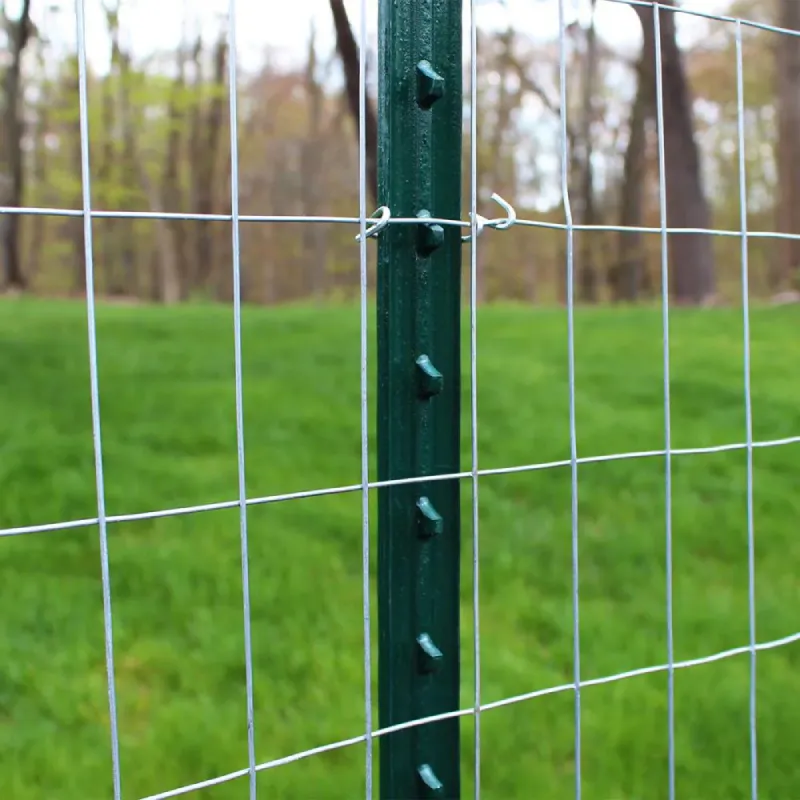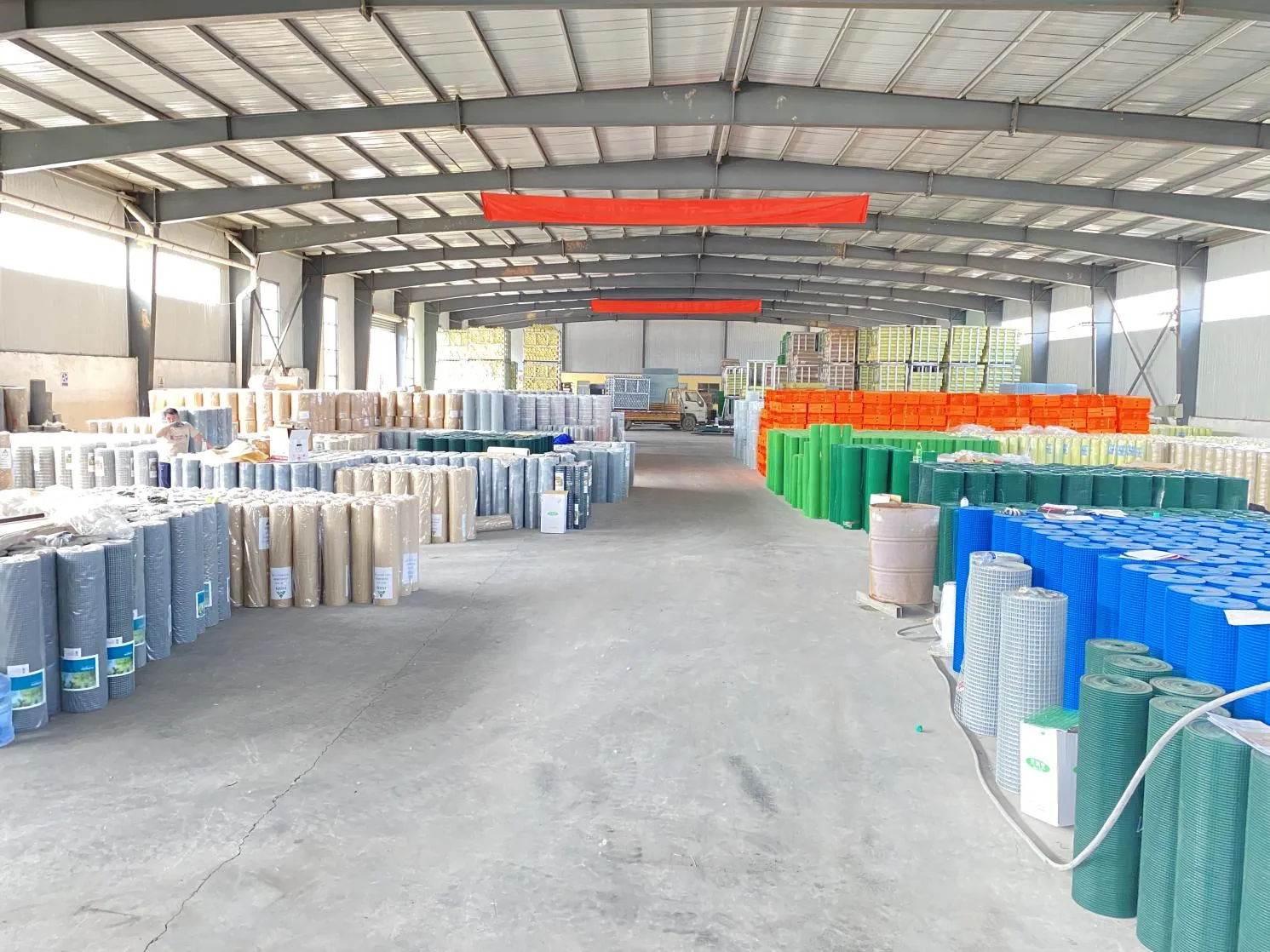Selecting the right fencing for your cattle is a critical decision that impacts both the comfort and safety of your herd, as well as the efficiency of your farming operation. A 4-foot cattle fence offers an optimal solution for many farmers, combining height, durability, and versatility. Having spent over a decade fine-tuning livestock management strategies, I’ve found that the right fence is not only about keeping cattle in but also about maintaining a harmonious farm environment.

First and foremost, a 4-foot cattle fence offers an ideal height that balances effectiveness with accessibility. Taller than a standard garden fence, yet just right to not block the rural view, this height is sufficient to deter cattle from roaming. It ensures that different livestock breeds, even the more adventurous ones, are adequately contained. It is crucial, however, to assess the breed and size of your cattle when considering this height; for larger, more robust cattle, reinforcing the fence structure could be necessary.
The material of the fence plays an equally essential role in its performance. High-tensile wire is a popular choice for its strength and resilience. Unlike traditional barbed wire, high-tensile wire can withstand greater pressure and does not rust as easily, reducing maintenance costs significantly. A steel 4-foot cattle fence, coated with zinc to resist weathering, offers a perfect blend of longevity and strength, making it a smart investment for the serious farmer. Installation might require a higher upfront cost, but its durability pays off in reduced repair expenses over time.

Ease of installation is another key factor when considering fencing. A 4-foot cattle fence is relatively straightforward to install compared to taller alternatives, which often require more labor-intensive practices and equipment. Many modern systems are designed with intuitive assembly in mind, making it feasible for farmers to set up fences without needing specialized external help. This DIY-friendly aspect not only saves money but also allows for quick adjustments should the layout of your pasture need to change.
The adaptability of a 4-foot cattle fence is perhaps its most significant advantage. It can serve various purposes beyond simply corralling cattle defining different paddocks, protecting crop areas from animal intrusion, or even creating secure pathways for moving livestock between fields. The flexibility allows for a dynamic approach in farm management, which can accommodate seasonal changes and fluctuating herd sizes.
4 foot cattle fence
It is also important to consider the psychological barrier that a fence can represent. While physical containment is the primary goal, ensuring that your cattle feel secure within the confines of your pasture is equally vital. A well-maintained, sturdy fence signals to cattle that the pasture is their safe space, reducing stress that might otherwise impact their health and productivity.
Additionally, as an authoritative voice in livestock care, I must stress the importance of regular maintenance checks. Even the most robust fences require periodic inspections to ensure their integrity. Walk the fence line regularly to identify and repair any damage, such as sagging wires or loose posts, which might compromise the fence’s effectiveness.
In terms of cost-effectiveness, a 4-foot cattle fence is an excellent middle-ground option. The initial investment is balanced by the potential savings in upkeep and repairs over time. Furthermore, a well-fenced herd is less likely to wander off, which can save significant costs associated with lost livestock.
Ultimately, the choice of a 4-foot cattle fence is not just about purchasing a product but adopting a system that integrates smoothly with your existing farm infrastructure. As you evaluate your options, lean on the experiences shared by seasoned farmers and experts like myself who understand that the best fencing solutions are those that contribute towards a more efficient, secure, and productive farming operation.
























